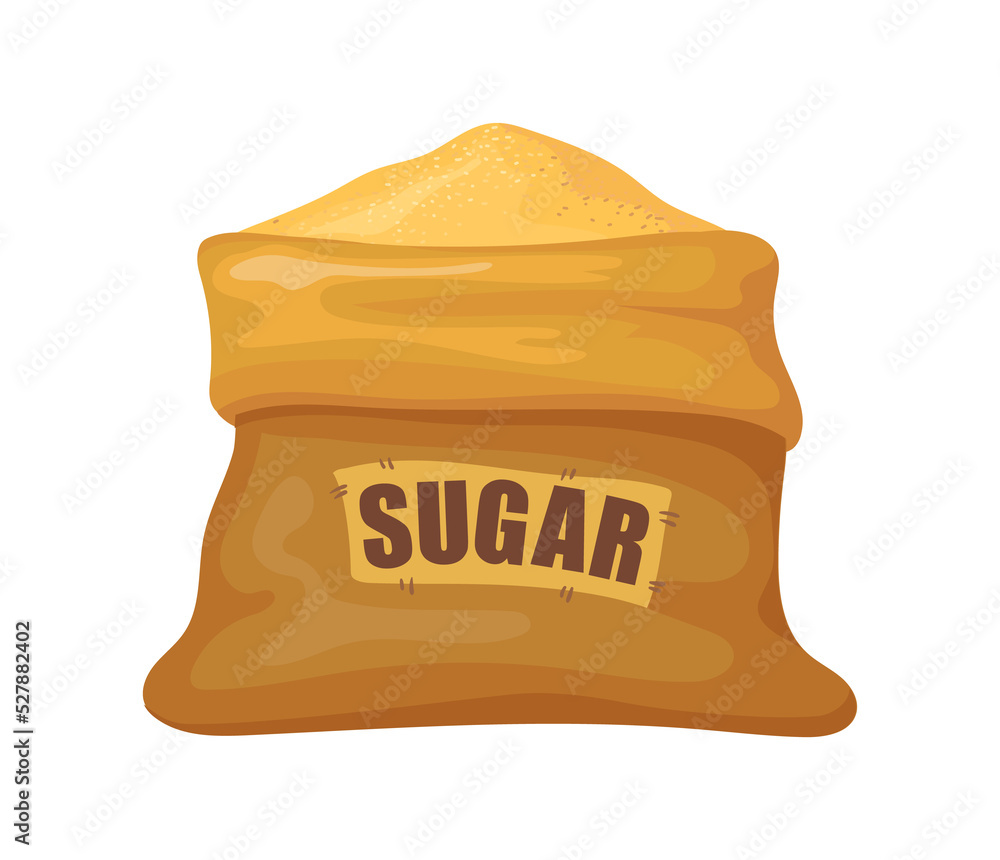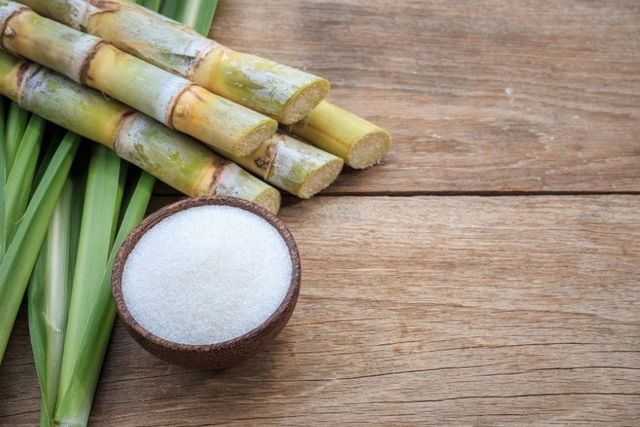Sugarcane Product in Traditional Medicine: Therapeutic Benefits You Should Know
The Journey of Sugarcane: From Harvest to Everyday Products
The trip of sugarcane is a complex procedure that begins with thorough cultivation and finishes in a selection of items that penetrate our everyday lives. As we discover the various elements of sugarcane's trip, its duty in sustainability and the broader implications for our setting come right into sharper focus.
Growing of Sugarcane
The growing of sugarcane is a crucial farming procedure that calls for certain ecological conditions and monitoring methods. Optimal growth occurs in tropical and subtropical areas where temperatures vary between 20 ° C and 32 ° C. Adequate rainfall or irrigation is important, as sugarcane grows in damp dirt with well-drained conditions (sugarcane product). Soil top quality significantly influences yield; hence, farmers typically perform soil tests to establish nutrient demands
Growing normally takes place in rows, making use of stem cuttings referred to as setts, which are planted horizontally. This method assists in effective gathering and optimizes sunshine exposure. Plant rotation and intercropping are suggested methods to enhance dirt fertility and minimize insect infestations. Farmers employ incorporated pest monitoring techniques to minimize chemical inputs while guaranteeing healthy and balanced crop advancement.
Fertilizing is an additional essential aspect, with potassium, phosphorus, and nitrogen being the key nutrients needed for optimal development. Timely application of these plant foods can significantly improve sugar yields. Furthermore, monitoring for diseases and bugs throughout the growing season is vital, as these variables can negatively influence crop wellness and efficiency. On the whole, effective sugarcane farming rests on a mix of environmental stewardship, strategic preparation, and ongoing monitoring practices.
Gathering Methods
Successful sugarcane farming finishes in the gathering phase, which is critical for maximizing yield and guaranteeing quality. The timing of the harvest is essential; sugarcane is normally collected when sucrose levels peak, usually between 10 to 18 months after growing. This duration varies based upon environment, soil kind, and sugarcane range.
Harvesting strategies can be extensively classified right into guidebook and mechanical techniques. Hand-operated harvesting is labor-intensive, depending on competent employees who use machetes to cut the stalks short. This approach allows for selective harvesting, where just the ripest walking sticks are selected, thereby boosting overall sugar web content.
Conversely, mechanical harvesting has actually gotten appeal due to its efficiency and cost-effectiveness. Specialized farmers outfitted with cutting blades and conveyor systems can refine huge locations quickly, substantially lowering labor expenses. However, this technique may bring about the inclusion of premature walking sticks and a potential reduction in sugar quality.

Regardless of the approach employed, guaranteeing that gathered canes are carried swiftly to processing facilities is important. Prompt handling lessens spoilage and protects the stability of the sugarcane, establishing the phase for optimum processing.
Handling Techniques
Handling sugarcane involves numerous crucial actions that change the harvested stalks into functional items, mostly sugar and molasses. The This Site first stage is washing the walking cane to eliminate dirt and particles, followed by the extraction of juice why not check here through squashing or milling. This process normally employs heavy rollers that break the cane fibers to launch the sweet fluid contained within.
As soon as the juice is extracted, it goes through information, where contaminations such as soil particles and bagasse are eliminated. This is often attained by adding lime and heating the juice, permitting sedimentation. The clarified juice is then concentrated through dissipation, where water content is reduced, causing a thick syrup.

Inevitably, the processing of sugarcane not just generates sugar and molasses however likewise lays the groundwork for numerous by-products, which will certainly be explored in succeeding conversations.
Products Derived From Sugarcane
Sugarcane is a functional plant that produces a vast range of products beyond just sugar and molasses. Among the key byproducts are ethanol and biofuels, which have gained importance as renewable power sources. Ethanol, generated via the fermentation of sugarcane juice, works as an alternate to fossil fuels and is frequently blended with fuel to create cleaner-burning gas, lowering greenhouse gas emissions.
In addition, sugarcane is a considerable resource of bagasse, the fibrous residue staying after juice removal. Bagasse is made use of in numerous applications, including the production of paper, biodegradable product packaging, and as a biomass fuel for power generation. Its usage not just reduces waste yet also boosts the sustainability of sugarcane handling.
In addition, sugarcane-derived items encompass the food industry, where it acts as an all-natural flavor agent and sugar in different cooking applications. In the world of cosmetics, sugarcane extracts are included right into skincare products as a result of their all-natural exfoliating homes.
Environmental Impact and Sustainability
The growing and handling of sugarcane have substantial description ramifications for environmental sustainability. This plant needs substantial water resources, commonly leading to deficiency of neighborhood water supplies and affecting surrounding environments. Additionally, making use of plant foods and chemicals in sugarcane farming can lead to dirt degradation and waterway contamination, posturing dangers to biodiversity.

Sustainable sugarcane farming also promotes soil wellness via crop rotation and reduced husbandry, boosting carbon sequestration. The fostering of these practices not only supports ecological honesty yet likewise enhances the resilience of farming neighborhoods against climate change.
Verdict
In recap, the journey of sugarcane incorporates different stages from cultivation to handling, eventually leading to a broad array of items. The value of sugarcane expands past plain sugar, contributing to renewable resource via ethanol production, sustainable packaging by means of bagasse, and natural extracts for cosmetics. This multifaceted plant plays an essential role in both dietary enrichment and environmental sustainability, highlighting its relevance in modern farming and industrial practices.
Effective sugarcane farming finishes in the collecting phase, which is pivotal for maximizing return and making sure top quality. The timing of the harvest is crucial; sugarcane is generally collected when sucrose levels height, typically in between 10 to 18 months after planting.Handling sugarcane involves a number of critical steps that transform the collected stalks right into functional products, mostly sugar and molasses.Sugarcane is a functional crop that yields a wide variety of items past simply sugar and molasses. In addition, the usage of plant foods and chemicals in sugarcane farming can result in dirt degradation and waterway pollution, positioning dangers to biodiversity.